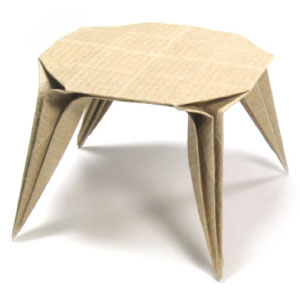Practical application time, this is what I found with APS-C systems.
As you approach the hyper-focal distance to infinity the dof may increase more but once you hit it then the increase in dof slows. The larger format doesn't until it too hits the hyper-focal distance to infinity. When it does and the subject is within the dof range then there is no advantage in dof in the smaller format.
The smaller format however will aways be able to take the shot at a faster shutter speed. However opening the aperture up will not result in reducing the dof much until you get back below the hyper-focal distance to infinity which the larger format will hit first. Therefore the larger format will always have a greater range of dof control for the f-stops available.
This is the problem I found with APS-C and landscapes, not in getting enough dof, but reducing it as in good light with distant vistas because one past the hyper-focal distance to infinity f-stop does not behave in such a linear manner. I really found that it became more like a point-and-shoot with the kit lens.
At certain practical limits the relationships that govern things like dof change and are no longer linear or proportional either within the same camera or between formats. These have a very real practical application and can define the strengths of the various formats and their weaknesses. Trying to invent and force all formats across all ranges to conform to one rule because it's easier to understand can mask why certain formats are more suited to certain styles of photography than others.













